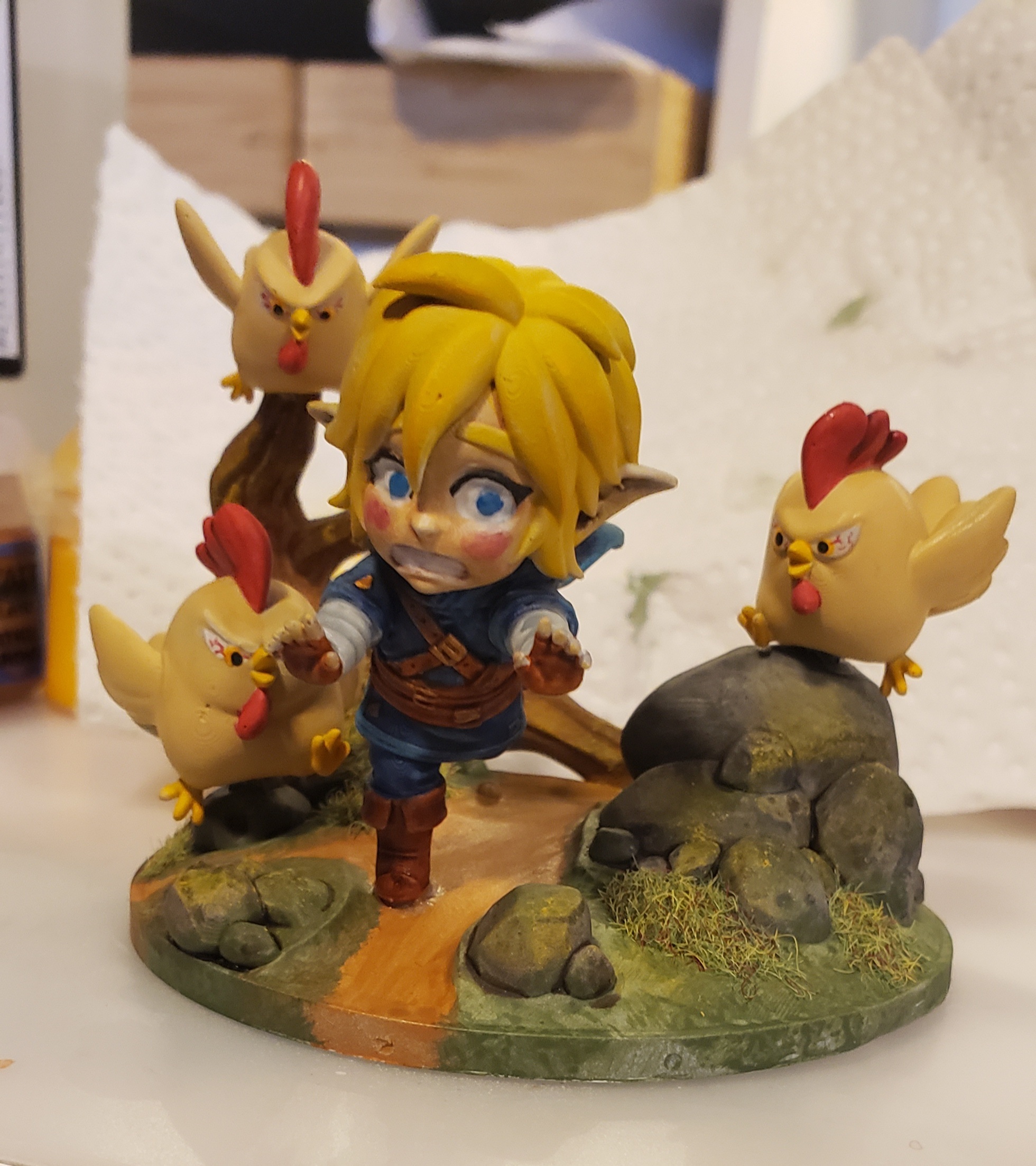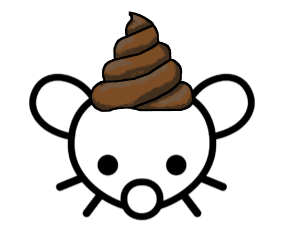

I think it’s still fucked up even in a less taboo world.
Like instead of receiving an unsolicited dick pic, you receive an unsolicited deepfaked version of you getting dicked is all kinds of fucked up on top of just the nudity.


I think it’s still fucked up even in a less taboo world.
Like instead of receiving an unsolicited dick pic, you receive an unsolicited deepfaked version of you getting dicked is all kinds of fucked up on top of just the nudity.


I don’t know, but that’s still better than printers in saunas.


I’d take alcohol over printers any day.


This looks like a charity embezzlement scheme more than anything.


Yea, but if you have your own OC devastation, you can broadcast your gofundme scam or whatever.


Overmorrow refers to the day after tomorrow
Figured the other way around might be as obscure…
nudiustertian: relating to the day before yesterday
Yikes


Strange women lying in ponds distributing swords is no basis for a system of government, but like, choosing the best rapist is hardly an improvement.


Leeks and carrots potage from raiding the garden


Phone books had your name and phone number. Some had your street address too.
Before that, there were books that even had your occupation.
Random directory example from 1886:
 Last name, first name, occupation, street name, number.
Last name, first name, occupation, street name, number.
1790…



Browser add-ons would be better suited for this.
Those uninterested don’t get spammed and it’d work on all websites for those who want it.


Nothing shows respect like a junk spray can.


Build one lane for each person.
have a nice cakeday


Not for a company with 120 Billion profits.


| ||
|| |_


For mammal, if you wanna dig deeper into the orders… again, non-exhaustive, non-reviewed GPT stuff:
Here’s a list of some of the major orders within the class Mammalia (mammals):
Monotremata: Egg-laying mammals, such as the platypus and echidnas.
Marsupialia: Marsupials, which give birth to underdeveloped young that typically continue to develop in a pouch, including kangaroos, koalas, and opossums.
Eulipotyphla: Insectivores, including shrews, moles, and hedgehogs.
Chiroptera: Bats, the only mammals capable of sustained flight.
Primates: Includes lemurs, monkeys, apes, and humans.
Rodentia: Rodents, characterized by continuously growing incisors, including mice, rats, squirrels, and beavers.
Lagomorpha: Rabbits, hares, and pikas.
Carnivora: Carnivorous mammals, including dogs, cats, bears, and seals.
Perissodactyla: Odd-toed ungulates, such as horses, zebras, and rhinoceroses.
Artiodactyla: Even-toed ungulates, including pigs, deer, giraffes, and cattle.
Cetacea: Whales, dolphins, and porpoises.
Sirenia: Manatees and dugongs, also known as sea cows.
Proboscidea: Elephants, characterized by their long trunks.
Hyracoidea: Hyraxes, small, herbivorous mammals that resemble rodents.
Scandentia: Tree shrews, small mammals that are somewhat similar to squirrels.
Dermoptera: Colugos or flying lemurs, gliding mammals found in Southeast Asia.
Xenarthra: Includes anteaters, sloths, and armadillos, primarily found in the Americas.


Non-exhaustive, non-reviewed, GPT-generated list of classes:
Mammals (Class Mammalia): Warm-blooded animals with hair or fur; most give live birth and produce milk for their young.
Birds (Class Aves): Warm-blooded vertebrates with feathers, beaks, and typically the ability to fly.
Reptiles (Class Reptilia): Cold-blooded vertebrates with scales, including snakes, lizards, turtles, and crocodiles.
Amphibians (Class Amphibia): Cold-blooded vertebrates that typically begin life in water and undergo metamorphosis, including frogs, toads, and salamanders.
Fish (Class Pisces): Cold-blooded aquatic vertebrates with gills, fins, and scales, including bony fish (Osteichthyes) and cartilaginous fish (Chondrichthyes).
Arachnids (Class Arachnida): Invertebrates characterized by having eight legs and two main body segments, including spiders, scorpions, ticks, and mites.
Insects (Class Insecta): The largest class of animals, characterized by having three main body segments, six legs, and typically one or two pairs of wings.
Crustaceans (Class Crustacea): A diverse group of aquatic invertebrates with exoskeletons, including crabs, lobsters, shrimp, and barnacles.
Invertebrates: While not a formal class, this group includes various animals without a backbone, such as:


Ask an LLM about animal classes.
It’s the taxonomic rank you’d be interested in.
Also depends at what detail you wanna go.
Things like rodents are at the order level under mammals.
Arachnid aren’t insects, they’re their own thing, etc.


I cook and bake everything at 360° for this reason.




If you’re an admin of an instance which it seems you are, you can fetch some info of limited usefulness depending on where the community and users are.
There’s no UI or API (that I know of), but it can be fetched from the db.
SELECT p.actor_id, cf.published FROM community_follower cf JOIN person p ON p.id = cf.person_id JOIN community c ON c.id = cf.community_id WHERE c.actor_id = 'https://lemm.ee/c/lemmydev';A lemm.ee admin would get all users since the community is on their instance.
A sh.itjust.works admin would get sh.itjust.works users, etc.
Obviously, if your instance has neither the community nor the users, that’s all moot.